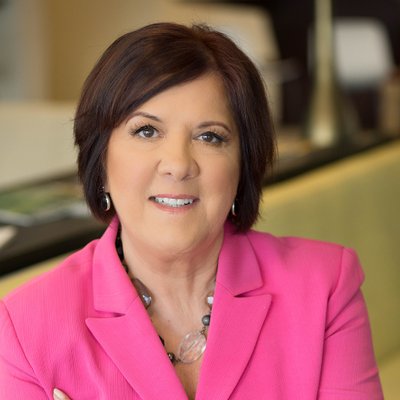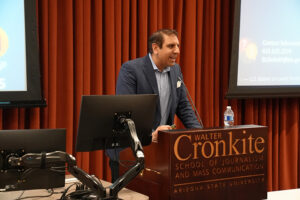Business reporters can get ahead of the competition by advancing this personal finance story that will be making headlines in the fall.
Retirement experts believe that U.S. workers could soon have a retirement system in place that would help address the retirement savings shortfall that nearly half of U.S. workers continue to face. Critical legislation to watch is the Setting Every Community Up for Retirement Enhancement (SECURE) Act, which swept through the U.S. House of Representatives by 417-3 just before Memorial Day this year.
But despite strong bipartisan support, several separate proposals driven by the political winds in Washington are also circulating. Which will secure approval and solve the three shortcomings in today’s U.S. retirement plans? That’s the challenge for business reporters to investigate by asking one or more of the following questions on how to:
Guarantee retirement income
Coverage shortfalls leave almost half of workers without access to any retirement plan. SECURE would expand 401(k) coverage to more companies, including those too small to afford good plans, increase business credits for new plans, and offer a new tax credit to help workers save automatically.
But Teresa Ghilarducci at The New School for Social Research’s Retirement Equity Lab says that guaranteed retirement income for workers is the solution. She cites this March 29, 2019 from the Government Accountability Office (GAO) on the U.S. retirement savings shortfall, which shows that approximately 24 million older workers from 55 to 64 will face a declining standard of living, or poverty, in just 10 years.
Ghiralducci’s plan would require employers to match contributions by 1.5% and hike payroll taxes by 30%. Have your readers weigh in on the conversation, along with a panel of large and small employers in your coverage area, benefits consultants, and financial advisors.
Allow older workers to save
SECURE proposes loosening retirement rules from 70½ to 72, thus allowing older workers to save more money, and withdraw later. But U.S. Senator Bernie Sanders (D-VT), a member of the Senate budget committee and a Presidential candidate, says expanding Social Security is the solution. How? By raising the cap on payroll taxes. Tax would remain the same at 12.4%, but the cap on Social Security, which is currently eliminated for those earning above $132,900, would be raised to $250,000 and thus funnel more money into the system.
But is that enough, given the numbers of younger workers who pay those taxes to support older workers? With Social Security expected to become insolvent in 16 years, that hardly seems like a workable solution.Who has the more solid, achievable solution: SECURE or Sanders? Ask your panel.
Offer lifetime income
Today the vast majority of workers don’t have pensions, which is why SECURE also includes a provision to have retirement plans offer annuities, a type of retirement plan that can guarantee a steady stream of income. Annuities have a bad reputation, but SECURE promises to improve these plans and also make them portable. Talk to Jack Dolan at the American Council of Life Insurers to start your research.










